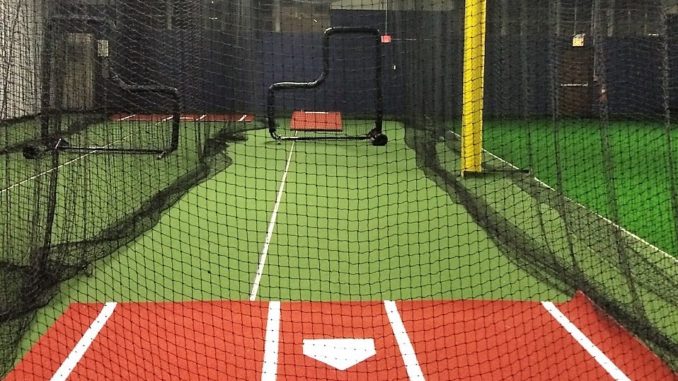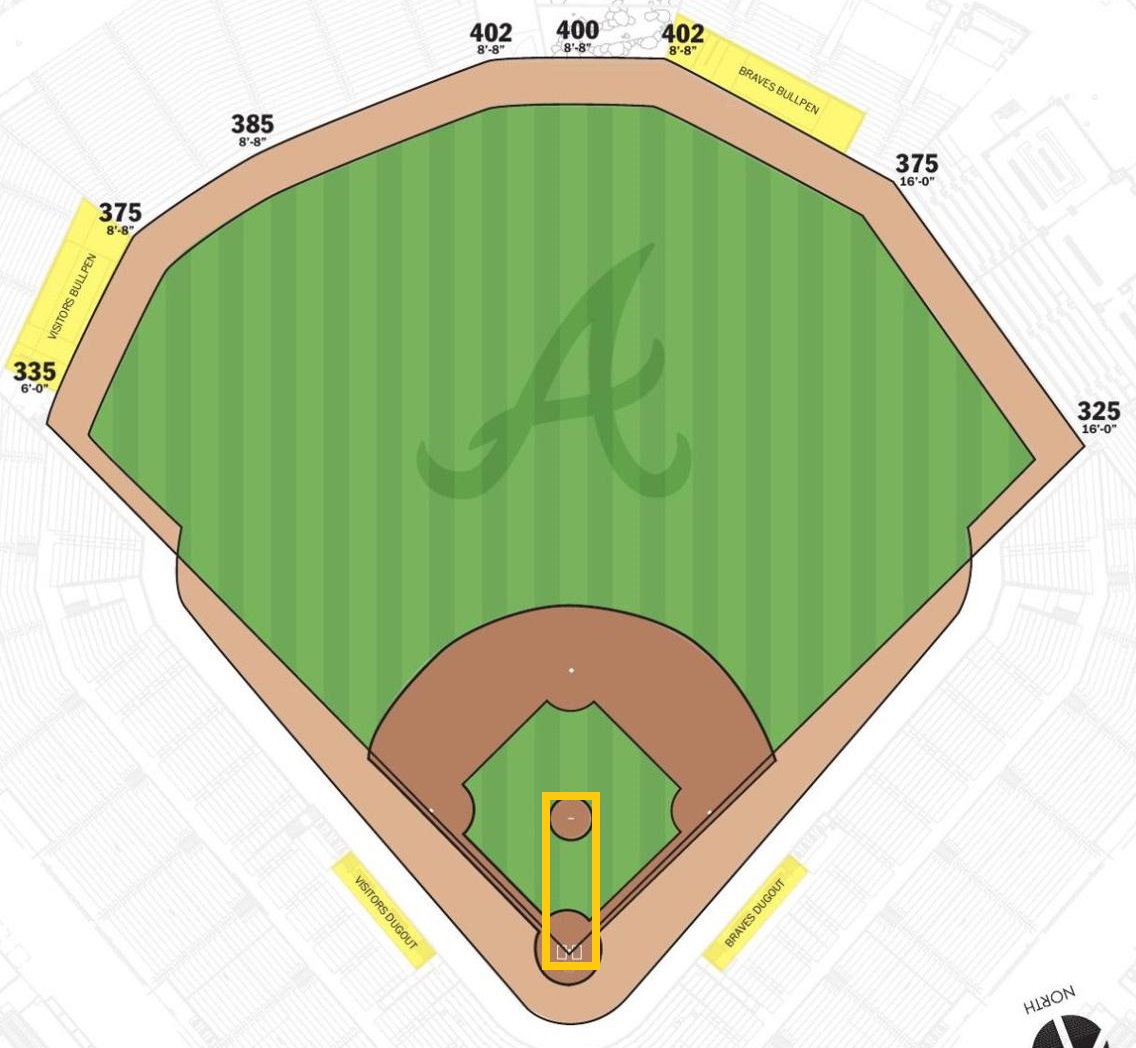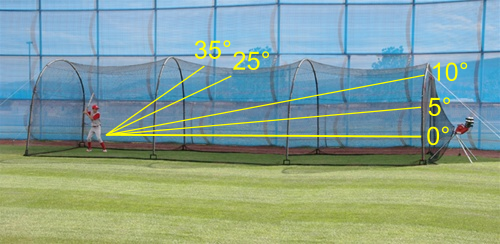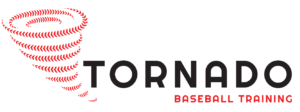
A common goal inside the batting cage is to try and “hit the back of the cage.” Hitters are trying to hit a hard line drive whizzing past the pitcher and hit the back of the batting cage on a line. It’s very common for a hitter to spend most of their cage time trying to accomplish this goal. But let’s take a closer look at reasoning behind this theory and I will explain why practicing like this will not produce optimal results in games.
It’s easy to understand why hitters try to “hit the back of the cage.” When hitting in a cage, a ball that hits the back net is in the air for the longest possible amount of time. It’s very satisfying to watch the ball fly for as long as possible. It is way more satisfying than seeing the ball go right into the net. Another reason coaches encourage players to hit the back of the cage is, they want their players to hit hard line drives. In the cage, these balls that hit the back net look like line drives, and balls that immediately hit the top of the net look like pop ups. But looks are deceiving, and on a full size field many would be surprised by the flight of the ball. At best, balls that hit the back of the cage will be low line drive, or ground ball singles up the middle. At worst, they are easy ground ball outs. The diagram below shows the size of a large batting tunnel (the yellow rectangle) compared to a Major League Baseball field.

Most balls that hit the back of the cage will barely make it out of the infield in games. The goal of practice is to prepare hitters for in game success. Hitting the back of the cage will train you to hit mostly singles at best. I want hitters to be able to drive the ball deep into the outfield for extra base hits.
I have personally experienced negative results from trying to hit the back of the cage. When I was 17-18 years old I spent most of my hitting practice time in a batting cage. I would always try and hit the back net and I became pretty good at it. I could hit 7 or 8 hard “line drives” in a row at the back of the cage sometimes. I would have rounds of 15 balls where I only mis-hit maybe one ball. I thought I was getting very good, but in games my results told a different story. My hardest hits were ground balls or low line drives up the middle. And many of them would get fielded by good shortstops. Even though I hit for a high average because of all the practice, thousands of reps with the wrong goal robbed me of my power and severely hurt my game. I hit mostly ground balls and anything to the outfield was a weak popup. Luckily, I was eventually able to figure out the mistake in my ways.
“Launch Angle” has become a buzzword in baseball lately. But all it is, is a measurement of the vertical angle of the ball as is leaves the bat. Most MLB home runs have a launch angle between 25 and 35 degrees. Balls that hit the back of the cage will have a 10 degree launch angle at best. Most line drives launch angles into the outfield are above 10 degrees. That means if you are training your optimal hits to be at the back of the cage, you are NOT training line drives into the outfield.
To create a better launch angle a better solution is to get out an old fashioned protractor and some string and mark off an area on the cage between a 35 degree and 10 degree launch angle. This gives hitters a clear visual target area rather than the back of the cage. Launch monitors like Hittrax or Rapsodo can also show you the ball flight in cages which will give you better visual feedback. At the very least, get out onto a open field once in a while and see how the ball is flying off the bat. You want your hardest hits to be hit deep in the outfield or over the fence, where they do the most damage.
Having a clear visual target for where to hit the ball is very important, but it is only the first step in becoming a good hitter. Just being able to hit the target area for line drives is not enough. It is just as important that hitters do so with good efficient mechanics, to have the best carry over into games. Click on the “Contact Us” tab, to get in touch and learn more on developing mechanics that will help consistently “hit the top of the cage” rather than “hit the back of the cage.”
